Google I/O 2017: all the highlights
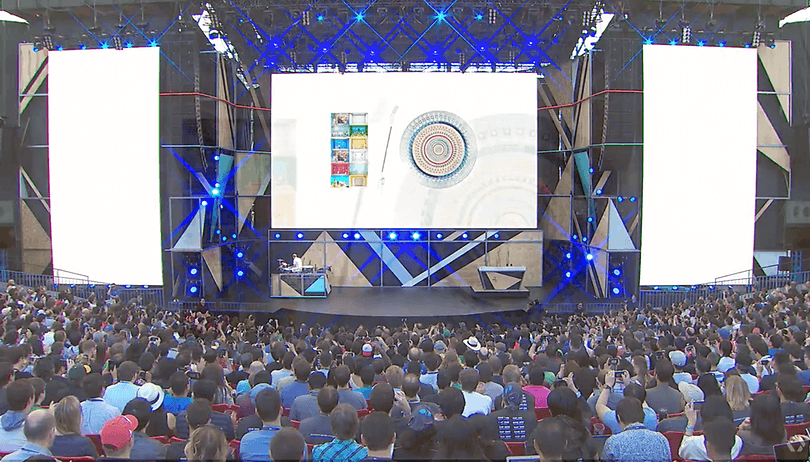

Google I/O is a huge event where major platform developers, engineers and executives gather to discuss all of the Android goodness to look forward to in the year ahead. In this article, we give you a rundown of 2017's excitement. If you want to know what's new at Google I/O 2018, check out this link instead.
Google I/O 2017: date, location and schedule
The Google I/O developer conference is taking place between May 17 and 19 at the Shoreline Amphitheatre in Mountain View, California.
Google has released the schedule on the I/O webpage. From it, we can see the three-day event includes a two-hour opening keynote on May 17, leading on to many presentations and discussions of hot topics like Google's smart assistant, Firebase, design, Internet of Things (IoT), VR, gaming and machine learning and more. Keep reading to find out more.
Watch Google I/O livestream: the Google I/O keynote live
Keep up with the action on AndroidPIT. You can watch the livestream of the Google I/O keynote, hosted by Google CEO Sundar Pichai, right here on May 17. It's happening at 10 am PDT (that's 1 pm in New York and 6 pm in London). It will last approximately one and a half hours. In addition, several more talks will also be broadcast live and recorded for later viewing.
Google I/O 2017: what's new?
Google I/O 2017: other topics
- Web and app convergence, and Firebase
- Internet of Things
- Android Auto
- Google Duo
- Android Wear
- Chrome OS
- Self-driving cars
- Project Ara
- Project Tango
- Project Fi
Google I/O 2017: what's new?
Android News
Google hasn't yet revealed what that O stands for, but has detailed some of the features and made the developer preview, which we tried, available to download. The public beta is now available as well. Here's how to download it.
Android Go
For devices limited by memory and mobile data access, there's hope. Android Go is a new OS for devices with less than 1 GB of RAM. The system's user interface and the kernel use less memory (up to 512 MB of memory). Chrome will also try to use less mobile data, and YouTube will warn users about video file sizes.
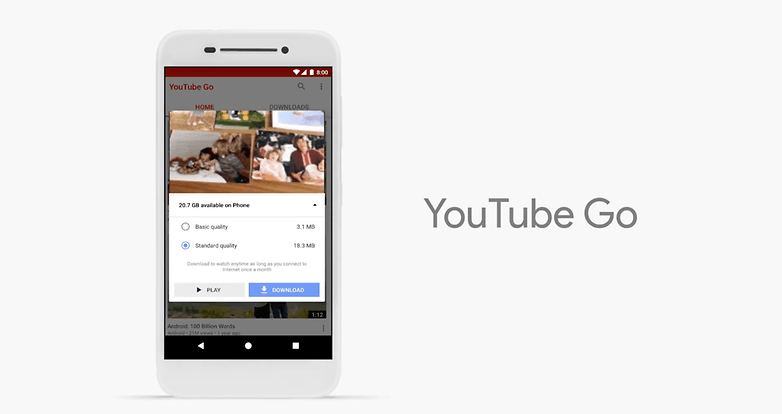
Vitals
Under the Vitals theme, there are three important plans to improve the Android on system level. The goal is to improve security, optimize the operating system and provide better developer tools.
Google Play Protect is a Google Play-integrated virus scanner. Even today, Google scans 50 billion apps a day. Google Play Protect now brings these security features to light, because they were previously hidden in the settings and there was no visible feedback for the user.
Android OS optimizations on the system level ensure that apps run up to twice as fast. The best part: the optimizations do not require any changes to the app. Also the loading time should be halved. Background apps will be limited in the future, which should keep memory and battery consumption in check.
Fluid Experience
Picture in Picture was shown: YouTube videos can continue playing with this new mode in a small floating window. Apps such as Netflix, Allo or Maps should support the feature immediately. It is activated by a tap on the home button, so it's quite simple.
Notification Dots: App icons already show on the home screen that there is a notification within the app. This complements the traditional notification system, but brings a feature to the Android core, which has already been implemented by several smartphone manufacturers and launchers.
Auto-fill with Google: Forms in apps can finally be filled with stored data, just as with websites. The data for the forms are drawn from Chrome when you link it to Google. What's special about the Autofill API? Third-party apps like LastPass can manage the auto-fill information for you. The usual copy-paste shortcuts are therefore obsolete.
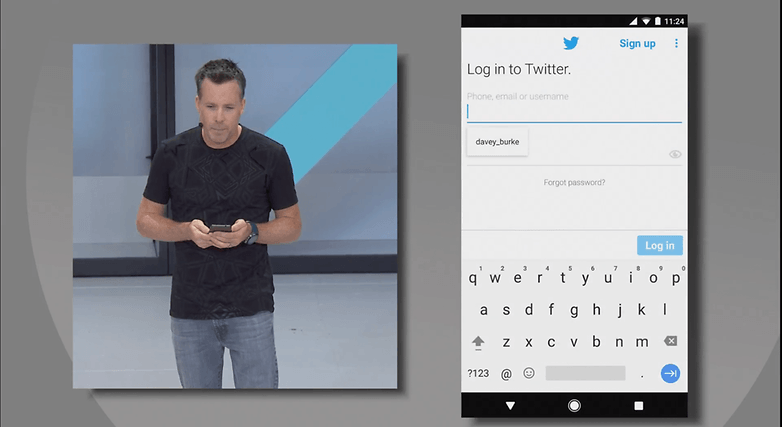
Smart Selection: Double tap to select a whole word we already knew. Now the double tap becomes more intelligent and recognizes phrases or addresses and selects the complete logical unit, like "123 Main Street, New York, NY 12345". Subsequently, Android O shows a smart app recommendation: the phone app for numbers, the maps app for addresses. The information behind it is calculated completely on the device and offline, thanks to neural networks. This is Google TensorFlow. The API allows efficient, intelligent on-device solutions for speech recognition, AR, image recognition and further, optimizing pattern recognition.
VR and AR
Mobile, approachable and for everyone, these were Google's guiding principles for Google Cardboard, whose spread in the market has been sluggish. Google created its own Virtual Reality division and the results of its work is the software platform known as Daydream which seeks to unify smartphones, controllers, apps and VR technology. Android Nougat devices which support it are called Daydream-Ready and major OEMs had Daydream-ready phones released in 2016 and early 2017 at the CES, like the Asus Zenfone AR.
At this year's I/O, only one section of the conference is entirely dedicated to virtual reality with an emphasis on how the 3D Unity engine can be used to get great VR experiences. More on this later.
Google announced a standalone VR device at this year's I/O, which will run independently without the need for a smartphone or computer, for gaming or other VR content. To do this, the Mountain View firm is working with HTC and Lenovo on products that will arrive later this year. Plus, the Samsung Galaxy S8 and S8+ will add Daydream compatibility this summer.
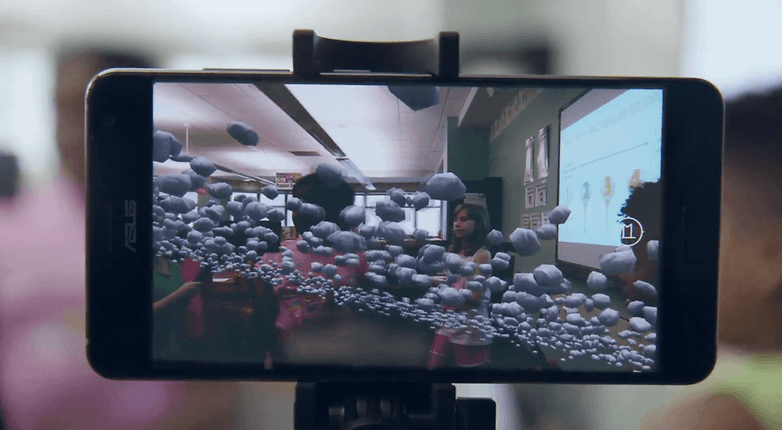
YouTube is conquering the TV with 360 content
YouTube CEO Susan Wojcicki spoke about the great influence YouTube has had. For example, an idea of producing cheap prostheses for children was developed through YouTube. Many children around the world had their lives changed by this.
60 percent of YouTube steaming is now done by smartphone, YouTube has also seen impressive growth on traditional TVs. Here's the big news: Now, YouTube supports 360-degree content on the TV. For creators, now there's Super Chat, which allows users to donate money to the creators during a live stream. Developers can create new features via an API for Super Chat.
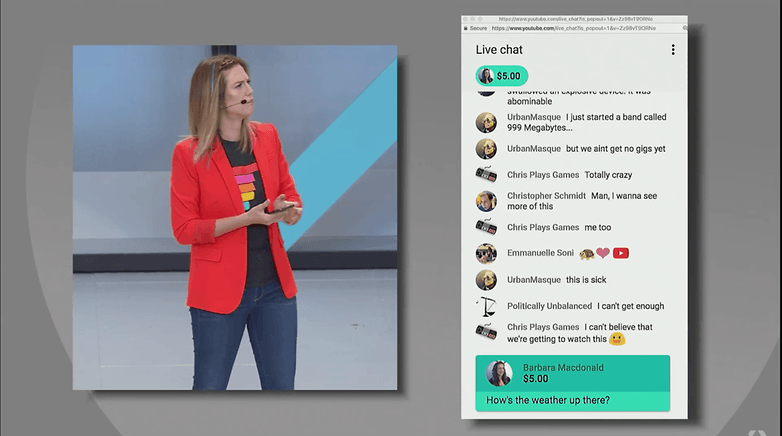
Google Lens: machine learning and augmented reality
Google is launching Google Lens, a set of vision-based computing capabilities. It's shipping first to Google Assistant and Photos, and it can better understand and recognize images. For instance, you can use it to take a picture of the password on the bottom of a WiFi router and it will connect your device to the network automatically.
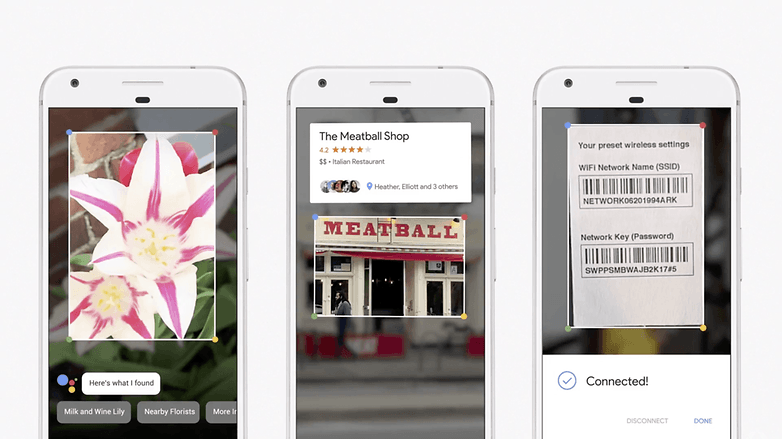
Google Assistant: more features, languages and iOS availability
Google Assistant, essentially a smarter, more contextually-aware version of Google Now, launched at I/O last year with the ability to ask questions using the familiar OK Google command, and then follow up after receiving the initial answer.
The event this year broached topics like control of all kinds of devices through the intelligent assistant (like controlling your TV or your car), and of course, improvements in voice recognition and a desire for Google Assistant to be more conversational were discussed. Plus, Google Assistant is coming to the iPhone. Move over, Siri.
What's coming to Google Assistant?
Announced in the keynote presentation, users will be able to type to the Assistant. Plus, Assistant will be able to understand what it sees via Google Lens, and recognize voices and personalize responses based on this. Futhermore, new languages are coming, including French, German, Japanese, Italian, Spanish and Korean. Payments and transactions will also be possible using Google Assistant. Google Actions will allow control of many devices, including those in the smart home.
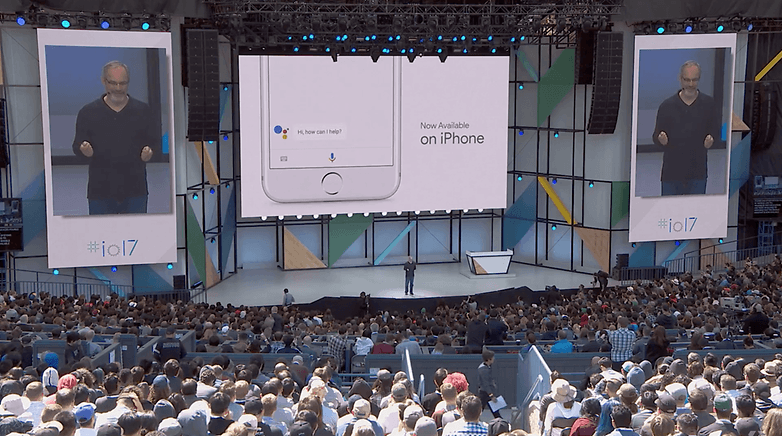
Google Photos: new ways of sharing pictures
Google Photos now has around 500 million active users who upload 1.2 billion pictures and videos per day. Some new Google Photos features are being launched, which are either convenient or creepy, depending on your perspective. Here's the rundown:
- Suggested Sharing: Smart reminders to share photos.
- Automatic photo sharing: Share photos with someone automatically, based on who is in the photo or starting from a certain date, or share all. For example, share your photos of your children with your wife automatically.
- Photo Books: Google Photos will suggest photos to go in custom, printed Photo Books that can be ordered. This will be available in the coming days.
- Google Lens: It will integrate with Google Photos, to help identify landmarks, businesses and art, for example. Google Lens for Google Photos is due to roll out later this year.
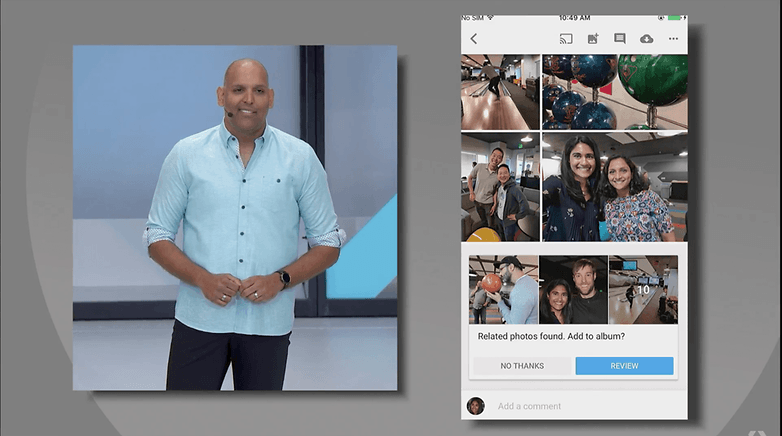
Google Home: even more convenience
Google Home is a voice-enabled assistant (similar to Amazon Echo) to help you manage everyday tasks, automate your home and answer questions. You can use it to send messages, turn lights on, change your calendar and diary details and provide answers in a similar fashion to Google Now. Google Home also uses Google Assistant, and launched at last year's I/O.
What's new with Google Home?
- Proactive Assistance: it will give you reminders, traffic alerts, flight statuses and other relevant information proactively.
- Hands-free calling: you can make calls via Google Home, and it will recognize your voice.
- Spotify, Soundcloud and Deezer: streaming music services coming to Home in the next few months.
- Visual responses: Google Home will respond to your questions using available screens when appropriate. For example: it will send directions to your phone, or show your calendar on your Chromecast-connected TV.
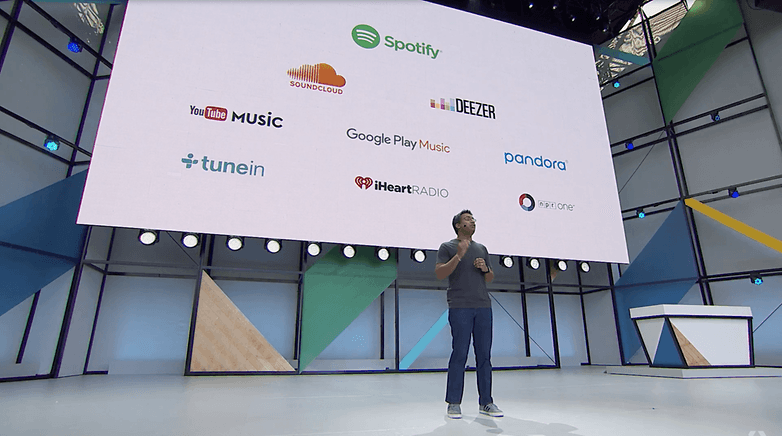
Google I/O 2017: other topics
Small optimizations bring websites and apps closer together
In the future, you will be able to download websites and save them for offline viewing, similar to an app; Google calls this Progressive Web Apps. Apps, on the other hand, will be able to be launched and used instantly, similar to opening a website, even though they're not installed on the phone; Google calls this Instant apps.
In addition, there are several sessions on topics like the future of audio and video, or how the web can be further accelerated with the help of algorithms.
Firebase
The cloud-based developer platform Firebase helps app developers bring their apps faster and more reliably to the web. Certain aspects such as optimization or the success control of the app are dealt with in the system. So the developer should be able to earn more money with the app; 30 percent of which remains with Google.
Firebase is an integral platform for developing, controlling and monitoring app services. It's somewhat reminiscent of Microsoft Azure. it's a great platform for cloud developers and as developers don't need to worry about the infrastructure required by an app (for example, maintaining a server).
This year, Firebase has a major role at Google I/O. Talks around the subject include how to improve businesses, how to make an app attractive, how to use the Google cloud and how to make apps available to hundreds of thousands of users.
Android Auto
Android Auto is still on the rise and we will likely see manufacturers announce new car models compatible with Google's system. Hyundai is very on top of updates, providing compatibility with both Google Auto and Blue Link, which allows drivers to use Google Home to start their car, lock the doors and more. Hyundai's enthusiasm for the latest software integrations is a good sign for adoption of Android innovations in the automotive sector in general. Since many more people buy affordable Hyundai vehicles than Maseratis, Android Auto is more likely to catch on with the general public and drive the tech forward. At this year's I/O, we'll likely hear more about some Audi and Volvo cars that aren't just compatible with Android Auto, they'll have Android built-in to power the cars' touchscreens.
In 2015, Waze (which is part of Alphabet, the holding company of Google) executives stated that the intelligent navigation system could be inserted into Android Auto. Google I/O 2017 is the perfect place to promote this, since it is still on Google's to-do list.
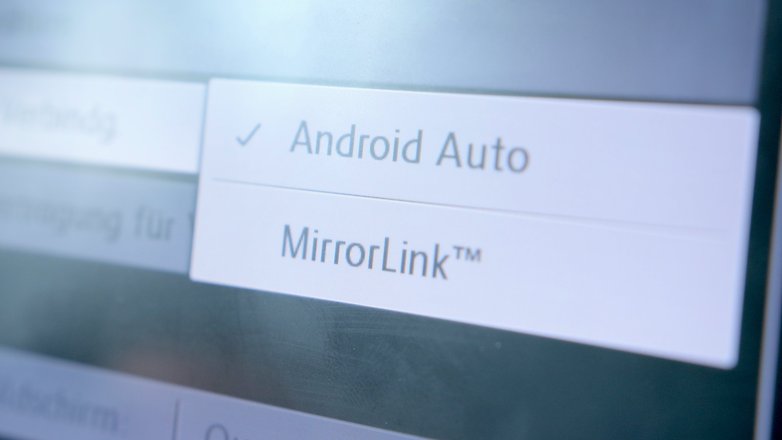
Google Duo
Google also talked about Duo at I/O 2016. It's a single, one-to-one video calling app which is said to "perform well even on slow networks". It works on both Android and iOS.
One of its standout features is a function which Google calls 'Knock Knock' which shows you a live video stream of the caller before you even answer the call. Once you do, the video will continue but you will now be part of the conversation. It's said to be both fast and smooth. Perhaps we will hear more about Duo as Hangouts shifts its focus toward businesses.
Here is our review of Google Duo.
Android Wear 2.0
The Android smartphone market is Android Wear 2.0 is the biggest Android Wear update yet and will make smartwatches more functional and independent than ever before, at least according to Google.
Android Wear 2.0, which was shown off first at Google I/O in 2016, will bring a new Play Store for Android Wear apps and a new interface, as well as other improvements like the ability to smart reply from your watch, the introduction of a new dedicated keyboard, and handwriting recognition powered by Google's machine learning.
While it was shown off last May, it only started making its way out to manufacturers in February 2017, so we wouldn't expect Google to show of Android Wear 3.0 just yet necessarily.
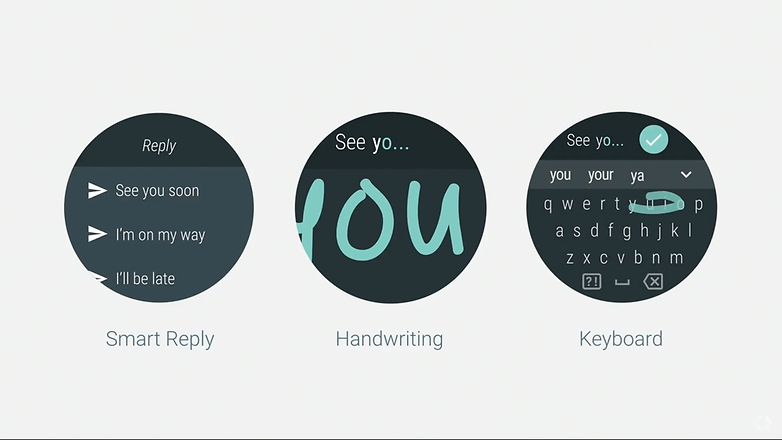
Possibly the most exciting news regarding Android Wear 2.0 is that all of the new features, from messaging to making calls, can be achieved while your phone is switched off. Apps now have the ability to function without being tethered to a smartphone via WiFi or cell network.
Chrome OS
Despite suggestions that Chrome OS is to be unified with Android, this isn't happening. Google's SVP of Android, Chrome OS & Play Hiroshi Lockheimer has denied the rumors of a full OS merger. With the hardware lines between devices becoming ever blurrier – the Pixel C is certainly more 'netbook' than earlier Google tablets – Google is likely to keep cross-pollinating with software as well. An example of this is that 2017 Chromebooks will be able to run Android apps.
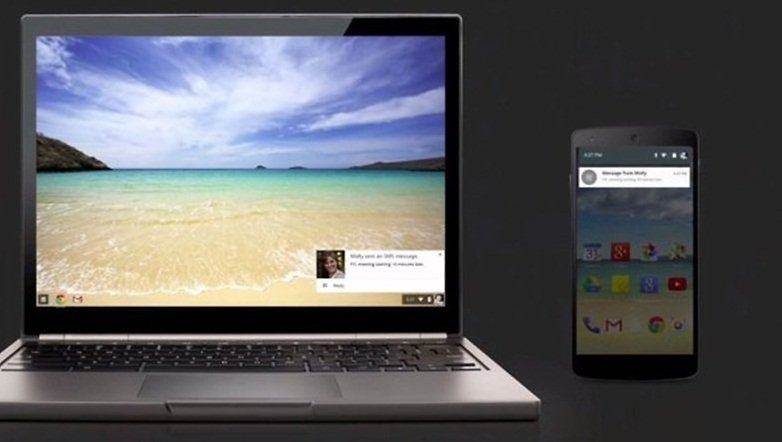
Self-driving cars
The autonomous car is another project Google is working on. 2015 was a turbulent year for the company, with Google’s prototype getting still happening with other self-driving cars, such as Tesla.
At Google I/O, we should see a presentation on figures and what’s next. The location that Google has chosen for last and this year's I/O also lends itself to a demonstration of a fleet of self-driving vehicles.
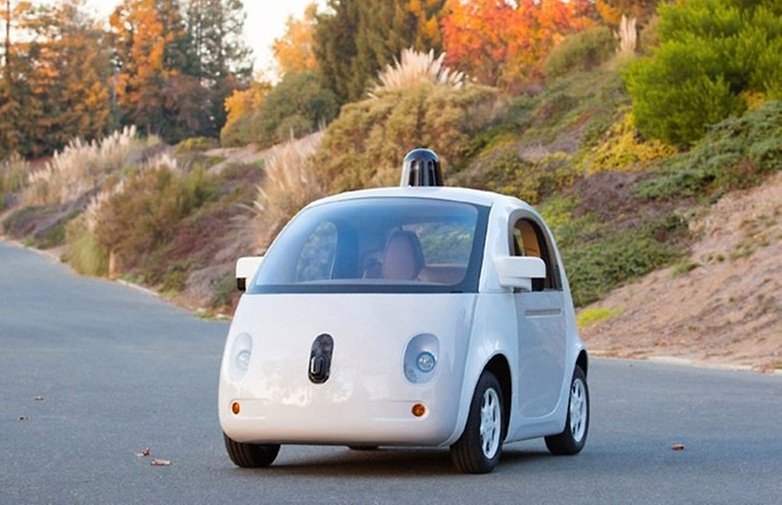 Google Car: an I/O 2016 centerpiece. / © Google
Google Car: an I/O 2016 centerpiece. / © Google
Project Ara
We’ve been hearing about Project Ara, Google’s modular smartphone, since 2013 but it’s still yet to be released. In 2015, the company hoped to launch a test version of it in Puerto Rico, but this was met with delays and the launch was eventually canceled. The project has since been suspended by Google, as modularity is evidently no longer popular since the LG G6 showed LG giving up on the idea as well. If by some chance there are any updates regarding Ara being picked back up, we could hear about them at I/O 2017, but until manufacturers figure out how to implement modularity well, it's not likely any time soon.
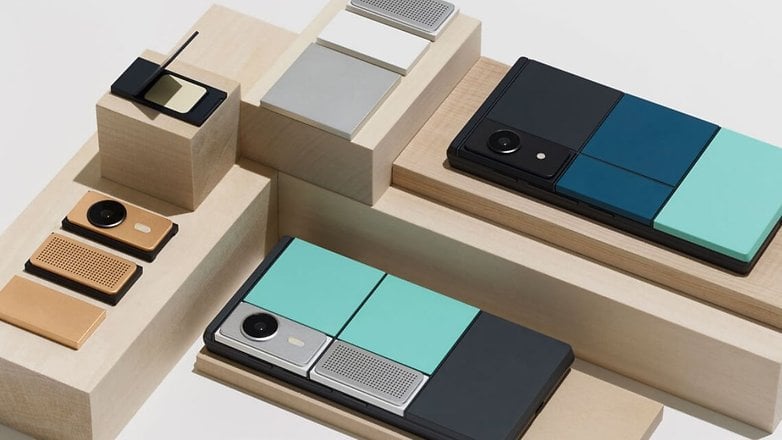
Project Tango
Augmented reality may be the next big thing, taking the best of virtual reality and amplifying it, but it's still relatively early days. The technology uses motion-tracking and depth sensing to build a 3D world onto physical surroundings. At CES 2017, many manufacturers made announcements about AR and VR devices, apps and accessories. We can expect to hear more on this front at I/O.
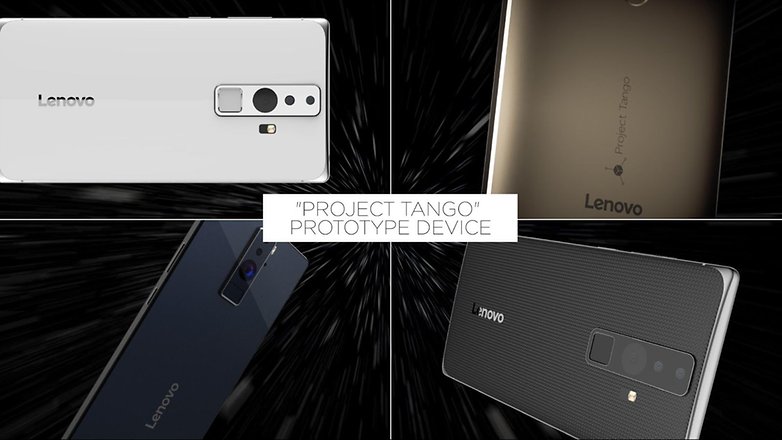
Project Fi
Google's cross-carrier network, Project Fi, automatically switches carriers, providing more reliable access to mobile data. It also evaluates open WiFi connections and uses those if they meet certain criteria. Project Fi is now available for Pixel, Nexus and a few other devices. At Google I/O 2017, Google may take advantage of the occasion to announce more compatible devices.
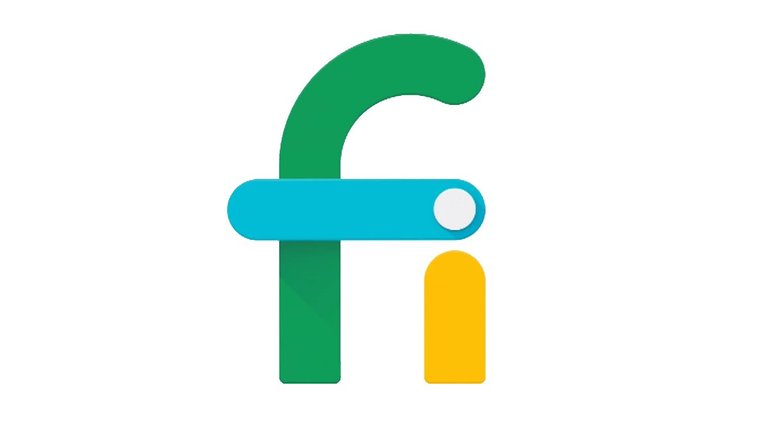
Can't wait for Google I/O? That's all we have for now, but what would you like to see at Google I/O 2017? Let us know in the comments below.









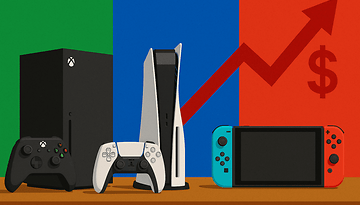
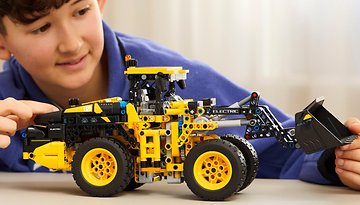
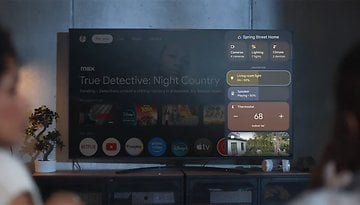
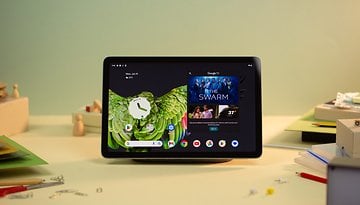

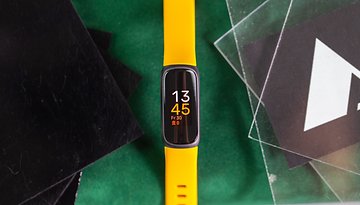
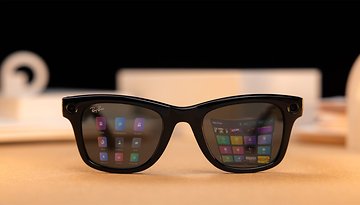
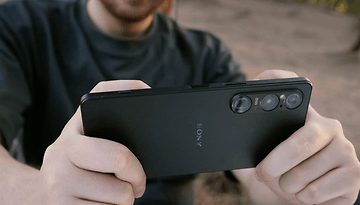



The Google 'Now' sounds really cool
I didn't get the lollipop version of my galaxy note 3 SM-9005
Convert your photos or shoot new effects and share with them with friends! Bonus Feature: Option to go totally ad free!
Instacartoon! - The best Cartoon and Sketch Camera app. Create masterpieces with your Android camera using our different filters!
I agree that this signifies a dramatic change but for those of us with say Samsung Galaxy S4 phones who try to keep it as updated as possible (and of course use Chrome or Chrome Beta) what will this mean to us? What will we see on our desktops using the Chrome browsers?
The only reason Google is taking over the Shoreline Amphitheatre, is so they can go see The Cure live in May! ;-)
I'm waiting for a new messaging app with the same features than Inbox. It also could be great to add a launcher on Android Wear, like on Tizen or Watch OS.
That sounds great!waiting for it.
Great!
Excited about project ARA
Absolutely.
Modular smartphone must be released this time else it will be very late n maybe some other company will launch it.
Google execs may have denied any intent to fold Chrome OS into Android, but what they didn't deny is the possibility of the reverse ― that is, folding Android, or at least the associated ecosystem, into Chrome OS. As I wrote in a personal blog post on October 30, 2015 at 7:49 PM Pacific time, "Google has the source code to the Play Store. They also have the source code to the ARC Welder app, which is itself an Android app that uses ARC to run on Chrome OS. All Google would need to do to essentially give Chrome OS access to the entire Android app catalog is A, add the ARC Welder app template to the Play Store APK, B, modify the Play Store code to match Android manifest permissions with ARC metadata permissions, and C, pack the resulting modified Play Store APK into a CRX file that can run on an ARC-powered Chromebook. Essentially Chrome OS would then have access to the entire Play Store as a result, all apps included." Piece of cake from a developer's standpoint.
ARC doesn't have the dependencies that most Android apps rely on and if they were granted, Chrome OS would lose its intent. Google would rather retool Android so that way it works on a PC which can be done by porting Ash Window Manager to Android so that way Android for tablets keeps its yoak but the shell changes to the Chrome OS one and that window manager will receive a material design makeover as well.
i have an xperia z2. pls when should i expect android 6.0 update ?
xperia Z3 KitKat pulled out the sound very good music, ringtones, video lollipop update, then fell sound was so bad
This problem is corrected
Still waiting for this project ara ...let see how it goes
ya lets see..
are u sure about it?? although all htc one m8 had been updated
my device htc one m8, and it wouldnt update android 6 yet. how long it will take?
will get update in feb.....wait till thn